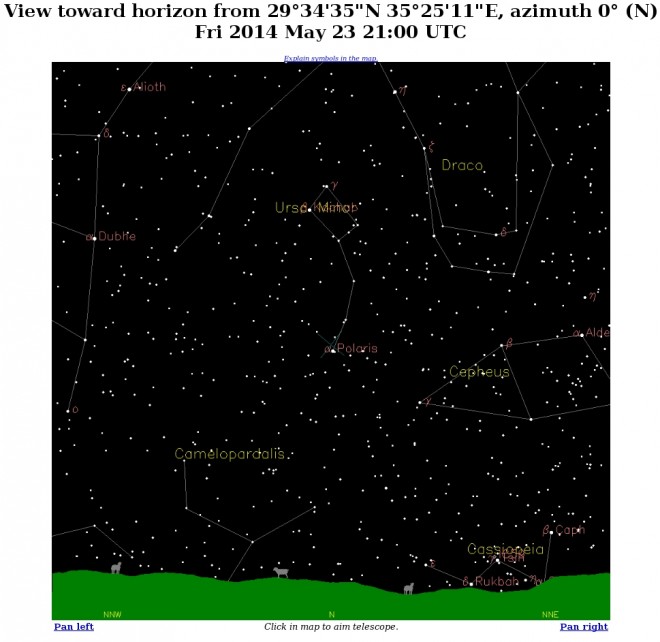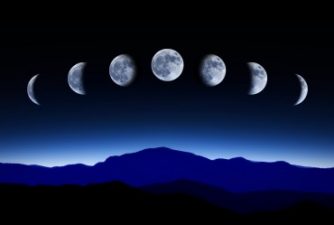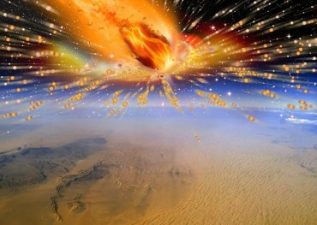 May Camelopardalis is the name given for a newly discovered meteor shower which may or may not dazzle viewers under clear-dark skies.
May Camelopardalis is the name given for a newly discovered meteor shower which may or may not dazzle viewers under clear-dark skies.
The meteor shower is expected when the earth passes through a stream of debris from comet 209P/LINEAR during the night of May 23rd into the early hours of May 24th. The Middle East is well-placed for viewing as the peak will occur during the late evening of May 23rd here.
The parent comet of the May Camelopardalis meteor shower was a dud on recent passes. It was barely visible as a smudge when viewed with telescopes and invisible to the naked eye. But like comet ISON, a promising new comet which fell apart on its first approach to the sun, comet 209P/LINEAR may have seen better days in the 19th century when it would have left behind the trail the earth will soon pass through. If this is true, the comet may put on a very good debut on the night of May 23. But comets and meteor showers tend to be more difficult to predict than weather.
But one thing is certain, you won’t see it unless you look. So try to find a clear dark sky. The meteors will appear to come from the direction of the constellation Camelopardalis- named after a giraffe, not a camel. This is a northern circumpolar constellation and not terribly bright but if you can find Polaris (the north star) and the pan-shaped constellation Ursa-minor, you’re looking in roughly the right direction. (Hint: for those in the Northern Hemisphere, check your latitude and look north. Polaris will be that many degrees above the horizon. )
As you can see in this image generated for the latitude and longitude of Jordan’s Wadi Rum desert, Camelopardalis is very low on the horizon for evenings in the Middle East at this time of the year. You might actually see meteors appear to fall up!
An added bonus is that this meteor shower comes when the moon is in its crescent phase. It may be possible to see meteors impact the moon. Look through binoculars or a small telescope at the dark side of the moon. If you see a bright flash, it may be the impact of a meteor on the moon!
Image generated with Fourmilab online planetarium




Comments are closed.